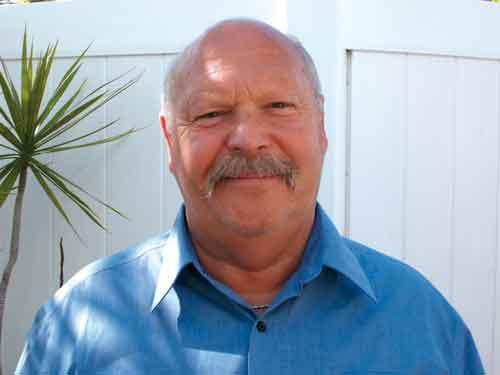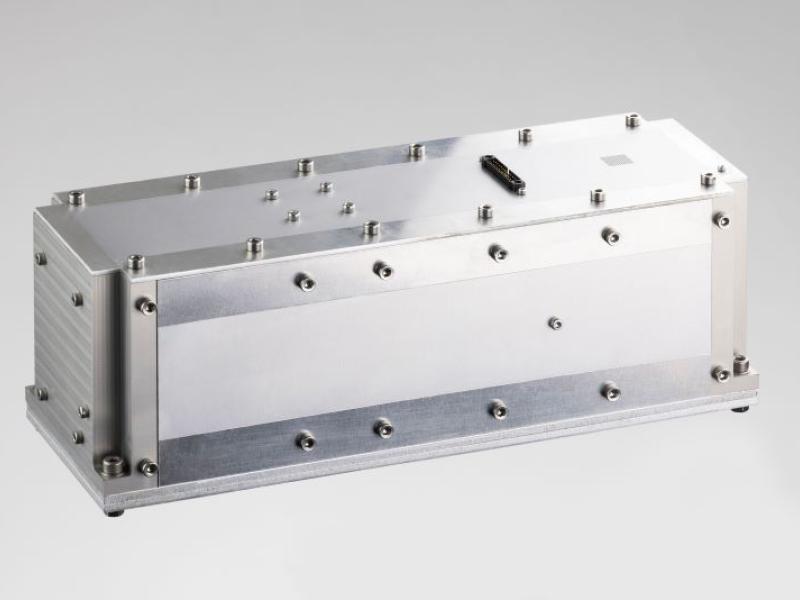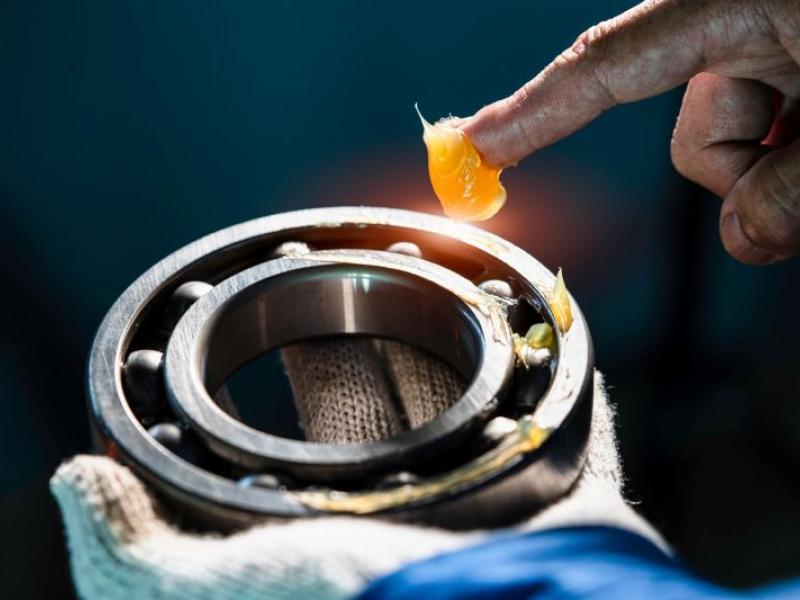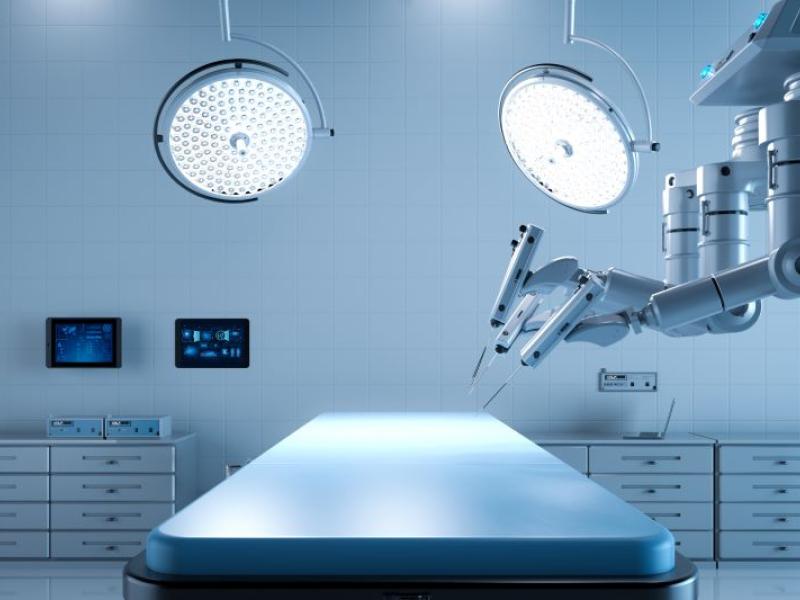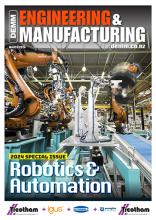Thermography is a powerful and versatile predictive maintenance tool. However, Wayne Ruddock is convinced that only proper user training can unlock the full potential of this technology.
DEMM: Can you describe the importance of infrared thermography in industrial maintenance?
WR: Infrared thermography is the most versatile of the predictive maintenance technologies. It is the only tool that will give you fairly definitive results when looking for problems in electrical systems. It will identify three main problem areas. The main one is high resistance in relation to bad connections. For example, internal components such as contactors, fuses and fuse links to name a few. It will also identify areas of loading differences in the case of overloaded phases, imbalanced loading etc. An area that is receiving more attention lately is that of induced heating, due to its role in energy conservation.
DEMM: And what about mechanical components?
WR: Infrared is also a great mass screening tool for mechanical PdM inspections and will identify bearing issues as well as alignment problems in certain circumstances. The problem with this technology is that it will not give you a definitive cause for the overheating on a bearing. Imagine an overheated bearing. The cause cannot be determined from the infrared image. It could be overlubricated, it could be underlubricated, it could have a physical bearing defect, or it might even be an alignment problem. Infrared will only indicate that there is an abnormality, as all we see with an infrared camera is the radiated energy from the first 1/000 of an inch of the surface of the object being viewed. It is then up to the maintenance technician to invest more time on the problem and do further investigation with passive ultrasound or vibration analysis.
Due to the expediency of mechanical inspections with infrared when compared to other testing methods, it can also be a viable mass screening tool to inspect motors and pumps as well. It can be used to identify overheating in equipment as compared to manufacturer specifications, as well as in comparative thermography looking at a number of pieces of equipment that are the same size doing the same job.
DEMM: What other applications can benefit from thermography?
WR: Infrared is the best tool to identify and even quantify thinning or missing refractory insulation in furnaces, boilers and heaters in process type inspections. It will also identify missing or wet insulation in other insulated process vessels as well as pipe blockages etc, when there is a difference in temperature between the process and the ambient conditions. When considering facility maintenance, infrared will identify missing insulation, wet insulation, air infiltration and exfiltration, flat roof leaks on conventional flat roofs and a number of other structural and energy-related problems.
DEMM: What other condition monitoring technologies do you need to complement thermography in order to set up a successful maintenance strategy?
WR: To implement a successful and sustainable PdM programme it is necessary to employ all five condition monitoring tools, namely infrared thermography, vibration analysis, ultrasound, motor circuit analysis and oil analysis. To achieve maximum results with any condition-based monitoring programme it must be a part of an overall reliability centred maintenance programme. This programme should also have a computer package such as Maintelligence to bring all of the condition-based maintenance results together to give the manager of the programme the ability to see the health of each asset at a glance with the results of all the technologies tied together in one easy to access location.
DEMM: What are the most common mistakes in connection with the use of thermal imaging cameras?
WR: The biggest problem with the use of infrared thermography today is operator error. Many of the camera manufactures are now using terms such as fully automatic and on-screen temperature measurement, which does not give the true picture of how the technology actually works. This leads to erroneous conclusions and bad reports when it comes to equipment condition evaluation. Infrared thermography is not WYSIWYG. No infrared device in the world sees or measures temperature. You can get an accurate calculated temperature from a camera, but that only comes with proper manufacturer independent training and experience.
DEMM: What does the expert recommend to somebody thinking about buying a thermal imager for maintenance purposes?
WR: Before buying an infrared camera one should understand how and why the technology works and then do an audit on their facility to determine the applications that are viable on your site. Once the audit is completed, they need to match the specification of the camera to their application needs. For example, many of the cheap infrared cameras on the market today are not suitable for doing certain electrical inspections due to an inappropriate instantaneous field of view (IFOV) value. Some cameras do not have a large enough temperature range to be suitable for some higher temperature applications.
DEMM: Are there any important trends and/or developments in conjunction with thermographic cameras?
WR: Due to the large drop in camera prices, infrared thermography has become a much more affordable tool in the field of predictive maintenance. The caution is that proper training is the key to getting good results from this technology. Organisations such as the NFPA in the USA have moved toward making infrared inspections of electrical equipment in industrial and commercial locations mandatory due to the high occurrence of electrical fires in the past.


